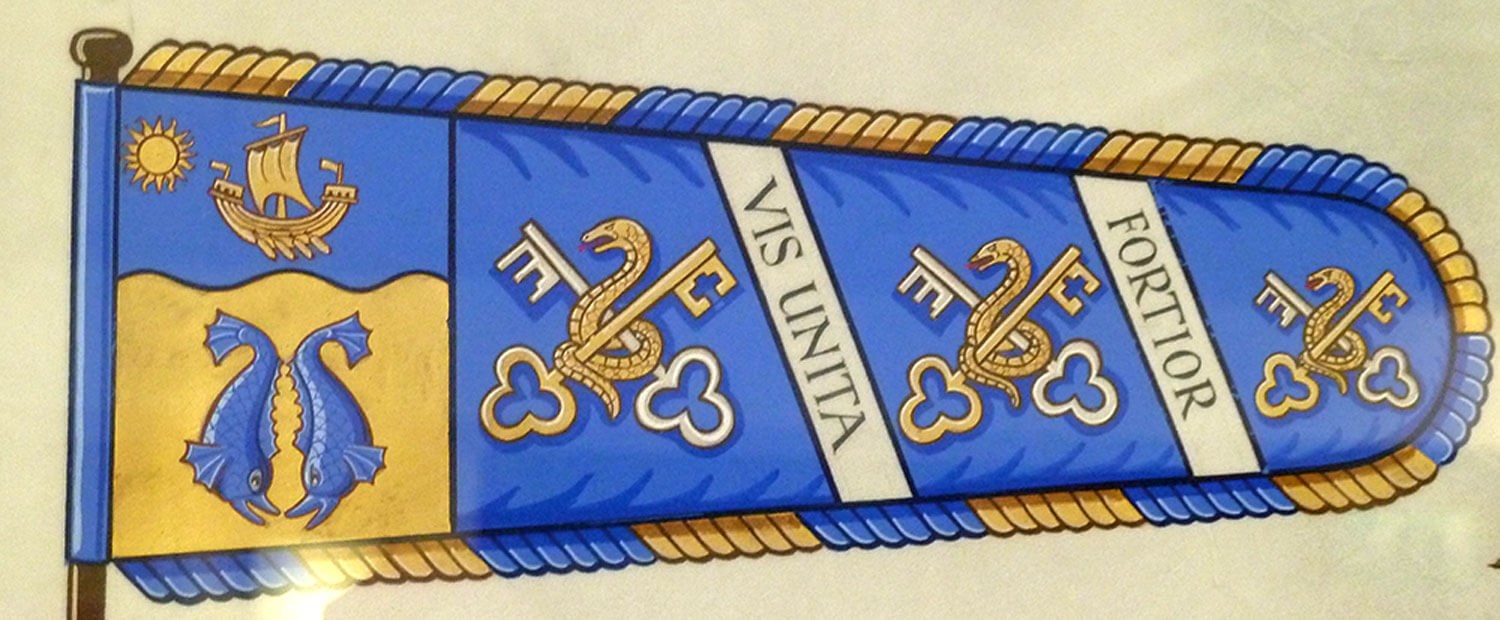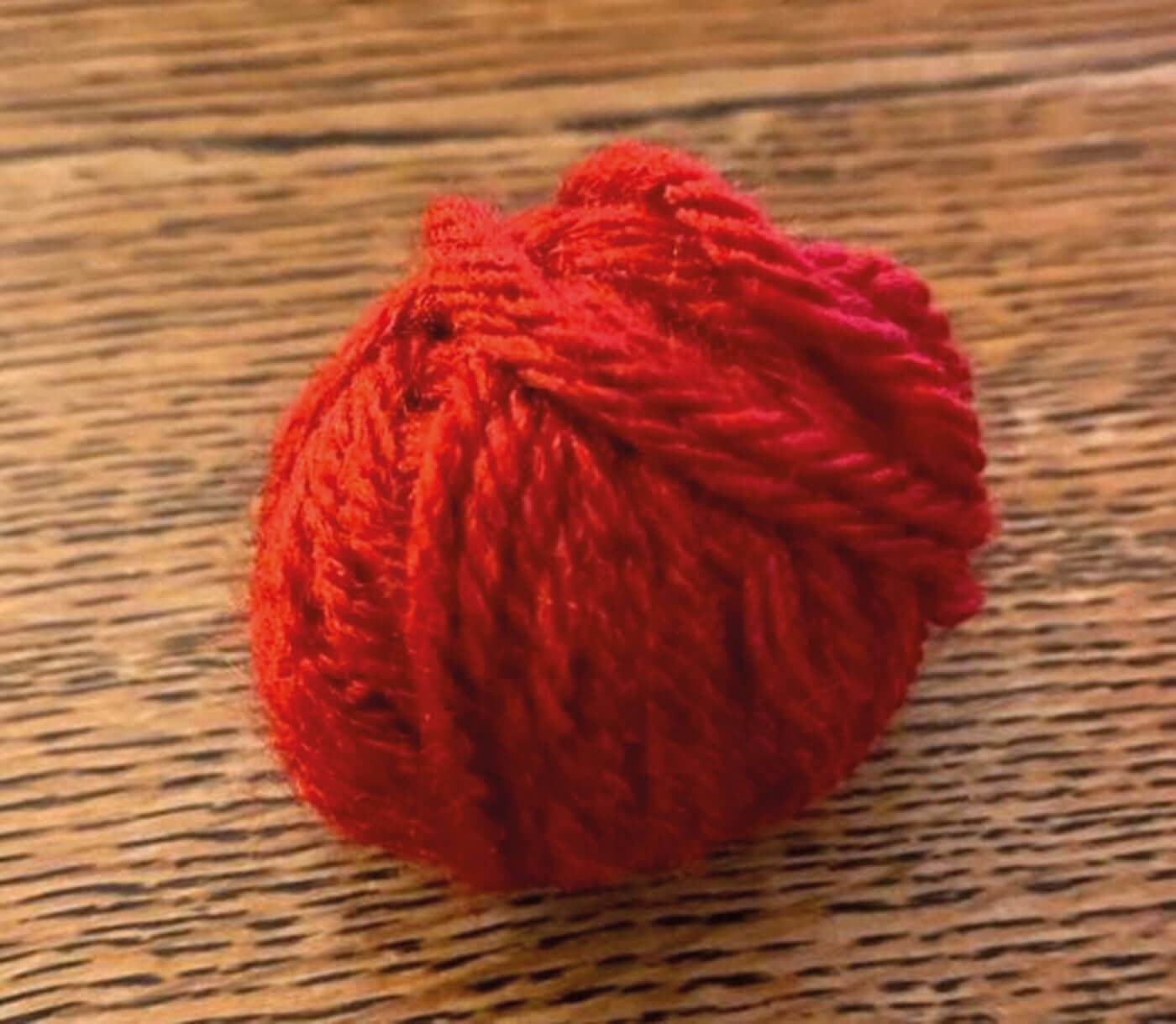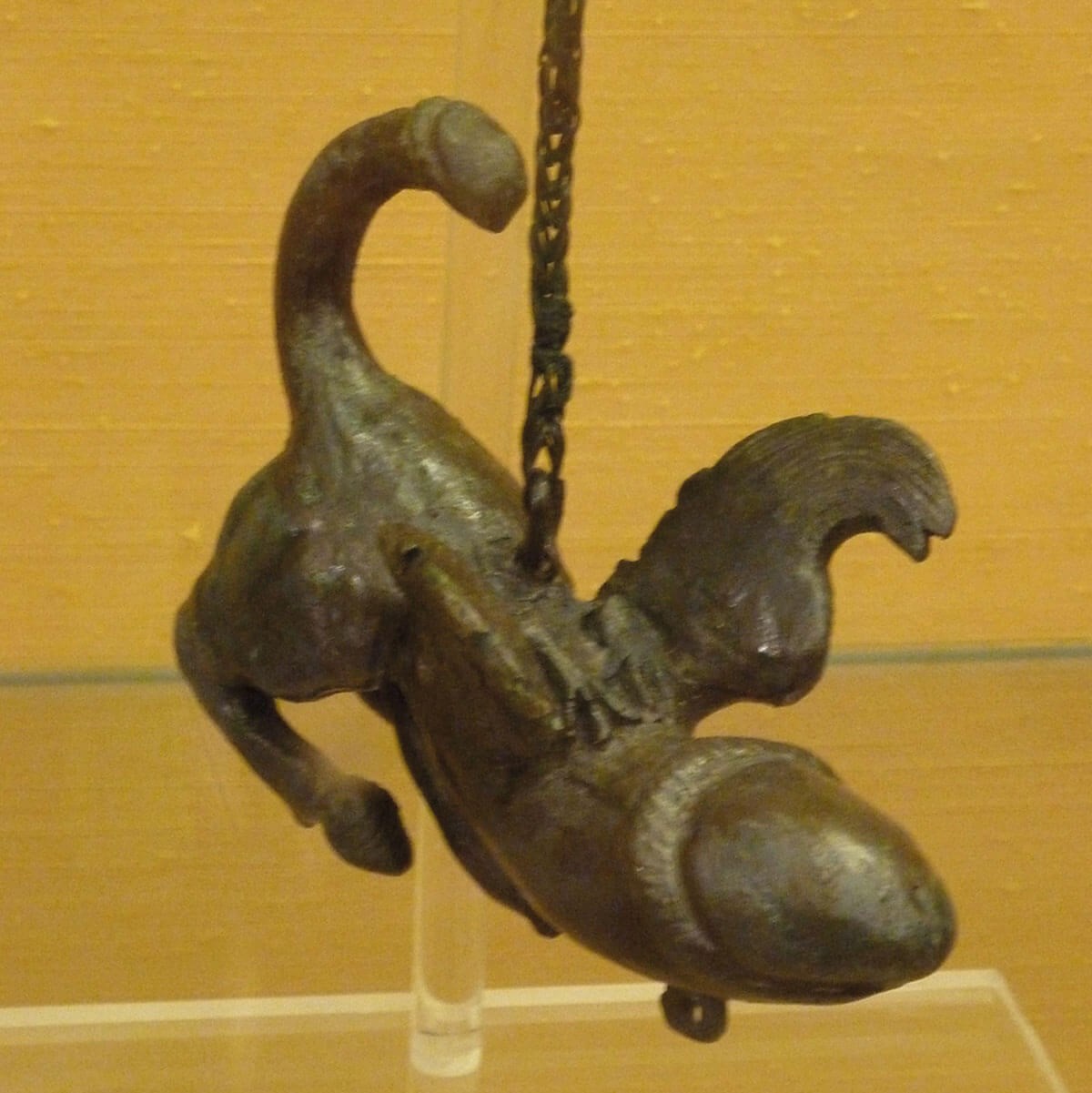In this series of articles I am going to show you some of the exhibits contained in the Museum of Urology, hosted on the BAUS website (www.baus.org.uk).
I’ve always found the derivation of names fascinating. Anatomy lessons were made so much more interesting when I was told why something was so named; clavicle – key shaped, tibia – like a flute, fibula – the shape of a Roman brooch. With the help of John Scarborough’s 1992 book on the classical origins of scientific words [1] and encouraged by the recently published Anatomical Oddities by Alice Roberts [2] and also searching through the multiple differing opinions of classical scholars, anatomists and lexicographers online, I thought I would explore the etymology (etymon – truth and ology – study of, both from the Greek) of the words and phrases of our everyday urological world. Let’s start at the top.
Funnily enough, the derivation of my first word, kidney, is unclear! It potentially comes from the Old English cwið – womb or belly and ey – egg-shaped. Another theory is that it comes from the Old English word, codd – sack. This could also mean scrotum.... as in Codpiece! Nephros (nephrology, nephritis, nephrotomy) however, comes straight from the Ancient Greek word for kidney (νεφρός). Renal comes from the Latin renes, meaning kidneys or loins. Pyelo- (pyelogram, pyelonephritis, pyois) is also Greek, but it had a different meaning to the Greeks, it meant basin. This is also where the word pelvis comes from, but pelvis is a Latin word for basin. Both words may come from Proto-Indo-European pel, also meaning basin. This is a very Ancient language of the Late Stone Age; it is now lost and can only be assumed from scientific reconstruction. This makes sense of course as pyelo means to us, the collecting system of the kidney, with nephro usually meaning the body of the kidney or the kidney in general.
This is a good opportunity to pause and look at where our anatomical terms come from. Although some of these words come directly from the Ancient worlds of Greece and Rome and can be seen in the medical writings from that time (in the works of Galen for example), much of our knowledge of anatomy comes much later, from the 16th, 17th, 18th and 19th centuries. The language of scientists, anatomists and doctors was a mix of Latin and Greek, so the ‘new’ areas of the human bodies they discovered were described using words from these languages. In summary, some names come straight from the Greeks or Romans, like Nephros, some from vernacular languages, like kidney (all people, not just doctors need to be able to describe their own bodies of course) but many are derived from what the anatomists thought the structure looked like, translated into Latin or Greek. The bones of the pelvis and the middle of the kidney, where the urine collects, made them imagine a bowl hence, pyelos or pelvis.

Figure 1: The dolphins ‘urinant’ on the BAUS flag. BAUS, author’s image.
The kidney makes urine, from the Greek oûron, urine (but also meaning water) and the later Latin urino. This of course gives us urology, ureter and urethra and all things uro! Interestingly, the derivation of these early words also includes the idea of diving into water. The two dolphins seen on the BAUS coat of arms (Figure 1) are diving down in a golden sea. The Royal Heralds of the College of Arms describe this, in their old mediaeval language, as ‘urinant’.
As urine is made it passes through the renal cortex (Latin for bark or rind) and medulla (pith or marrow). I will not be discussing the Bowman’s capsule (Sir William Bowman, 1816-1892) or loop of Henle (Friedrich Gustav Jakob Henle, 1809-1885) of course, as they are eponyms, the glomerulus however is allowed; it means little ball of thread. Glomus is Latin for a ball of thread or yarn and was first used in reference to the microscopic structure of the kidney by Alexander Schumlanski (1758–1795) in 1782, but it was the German anatomist Wilhelm Busch (1826-1881) in 1855, who first used the word glomerulus, the –ulus ending denoting its small size (Figure 2).

Figure 2: A little ball of thread – glomerulus. Author’s image.
Bladder, like kidney, is from the vernacular, for example, the Old English Blaedre, Dutch Blaar and German Blatter. In the ninth century Saxon medical text, the Leechbook of Bald, Blaedderwaerc describes a painful bladder. The word vesical however, comes from the Latin vesica, meaning bladder to a Roman, or possibly a vessel containing fluid. There is some suggestion that both bladder and vesica could also mean balloon; animal bladders being inflated with air in the past and used for flotation, jesters’ balloons and footballs; interestingly, the Old English blāwan means to blow.
Two smaller organs are of course found at the base of the urinary bladder, these are the seminal vesicles (meaning small bladders) and semen, coming from the Latin for seed and perhaps derived from the earlier Proto-Indo-European, se, to sow. As we are in the area let’s look at the word prostate. It comes from the Greek word prostátēs, which means to stand before or guardian, and it does indeed stand in front of the entrance to the bladder and may provide some defence against ascending infection.
We keep the urine in our bladders by the grace of the urinary sphincter. This comes from the Greek sphingein meaning a tight hold or to bind tightly, or possibly even to strangle (but that may be relating to the mythical Sphinx, who if you failed to answer her riddle correctly would kill you, presumably by strangulation). The word sphincter was used in Roman times to describe a circular tightening muscle, certainly in the anus, by Galen.
As we have moved down the body we have entered the pubic area. Pubes, from the Latin, meaning grown up, adult or mature, referencing the change in that area as the body enters adulthood. The pudendum, meaning the external genitalia of both sexes but more often used in the female, comes form the Latin word pudēre, which means to be ashamed; the areas of our bodies we would expect to be covered. We also hear it in the pudendal nerve and vessels. Interestingly, Galen used the word aidoion, which is Greek but also means shame, we don’t use that in anatomy, but it is used in art history and archaeology to describe depictions of genitalia.

Figure 3: A Roman bronze phallus, called an aidoion in archaeology and can I persuade you the
glans looks a little like an acorn? Cabetto Secreto, Museum of Antiquities, Naples, author’s image.
Penis is a Latin word meaning tail but it was used in Roman times to mean male genitalia. The glans means nut or acorn (also Latin). I have seen the word nut, meaning glans, being used in medical texts written in English from the mediaeval times to the eighteenth century with the phrase ‘the nut of the yard’. The yard, being an old name for penis is, I would say, somewhat boastful. The frenulum is Latin for little bridle and prepuce is the Latin word for foreskin and is derived from pre- before and pūtos an Old Latin word for penis. Phallus, usually meaning the erect penis, is also a Latin word borrowed from Greek, phallos and both probably originally coming from the meaning, to inflate (Figure 3). Meatus is again from the Latin and means passage, it is, in turn, from the Latin verb meare meaning to flow or pass through.
Vulva may be from the Latin volva, meaning wrapper. However, the word may have been previously synonymous with womb. Labia is of course Latin for lips. Vagina is also Latin and means scabbard. The derivation of clitoris is more difficult. It is possibly from the Greek kleiein, to enclose, kleis, a key or klitys a hill, kleitoris then perhaps meaning a small hill.
Scrotum is a contemporary Latin word. It could have been derived from earlier words meaning to cut or from scortum meaning a skin or hide. This may suggest the meaning of a leather purse or possibly quiver. In mediaeval medical manuscripts, the scrotum is often called the purse. Testis and testicle are from the Latin testis, to bear witness (as in testify). Perhaps, proof of virility as in some cultures women and eunuchs could not own property or give evidence at a trial. Epididymis means upon the twins (epi- and didumos, from Greek), the twins of course being the two testes. The gubernaculum, the structure that guides the testes down from the renal area through the inguinal (Latin for groin) canal and then into the scrotum, is from the Latin for rudder, which was itself derived from the Greek κυβερνάω, to steer. John Hunter (1728-1793) is credited with naming it.
I would like to end with my favourite etymological derivation, muscle, but in urology we don’t often think of many muscles (perhaps detrusor – Latin detrus, to thrust down) and those we cut through to reach other organs. Occasionally, rarely now, I will transpose the sartorius muscle during an inguinal dissection. The name comes from the Latin sartor, one who hoes or sarire, to weed or use a sickle, and the muscle is indeed sickle shaped. I prefer the other possible derivation, from Latin sarcire, to patch or mend. It gives us the 17th century word for tailor, Sartor and our word, sartorial. The muscle helps the tailor to sit crossed legged (their traditional position) to sew. My favourite? The word muscle – from the diminutive of the Latin – mus - little mouse. Imagine an ancient anatomist dissecting off muscles, limb muscles or finger muscles with their long thin tendons at either end and fat bellies in the middle. Mus means mouse or any small rodent, those muscles reminded the anatomists of the pointed noses, fat bodies and long tails of little mice or shrews. I love words!
References
1. Scarborough J. Medical terminologies - classical origins. Oklahoma, USA; University of Oklahoma Press; 1992.
2. Roberts A. Anatomical Oddities. London, UK; Simon & Schuster; 2022.





